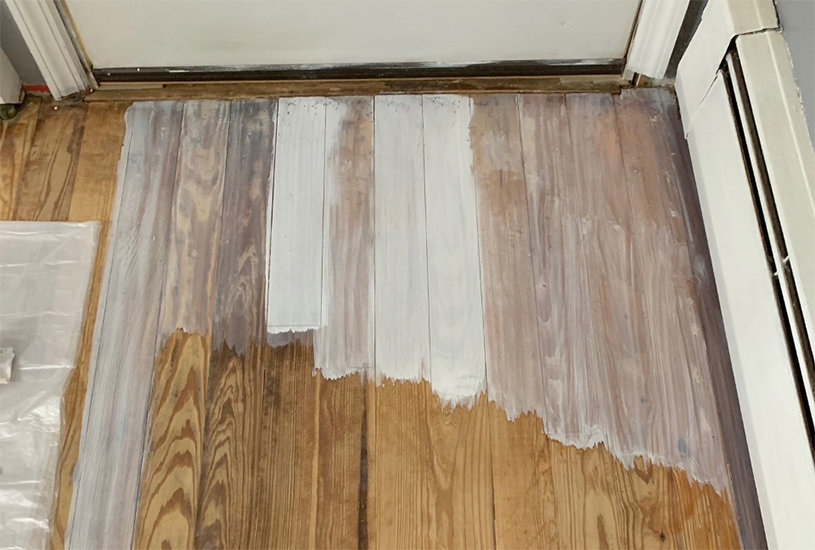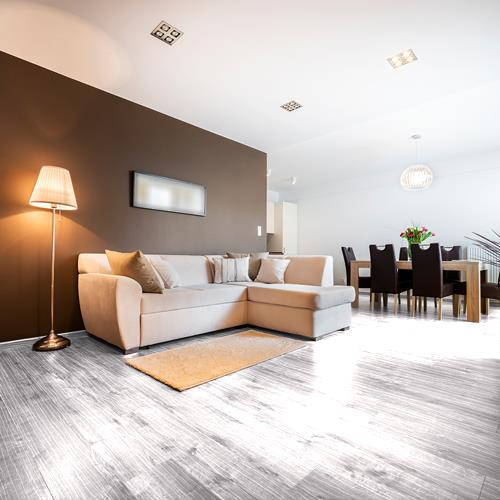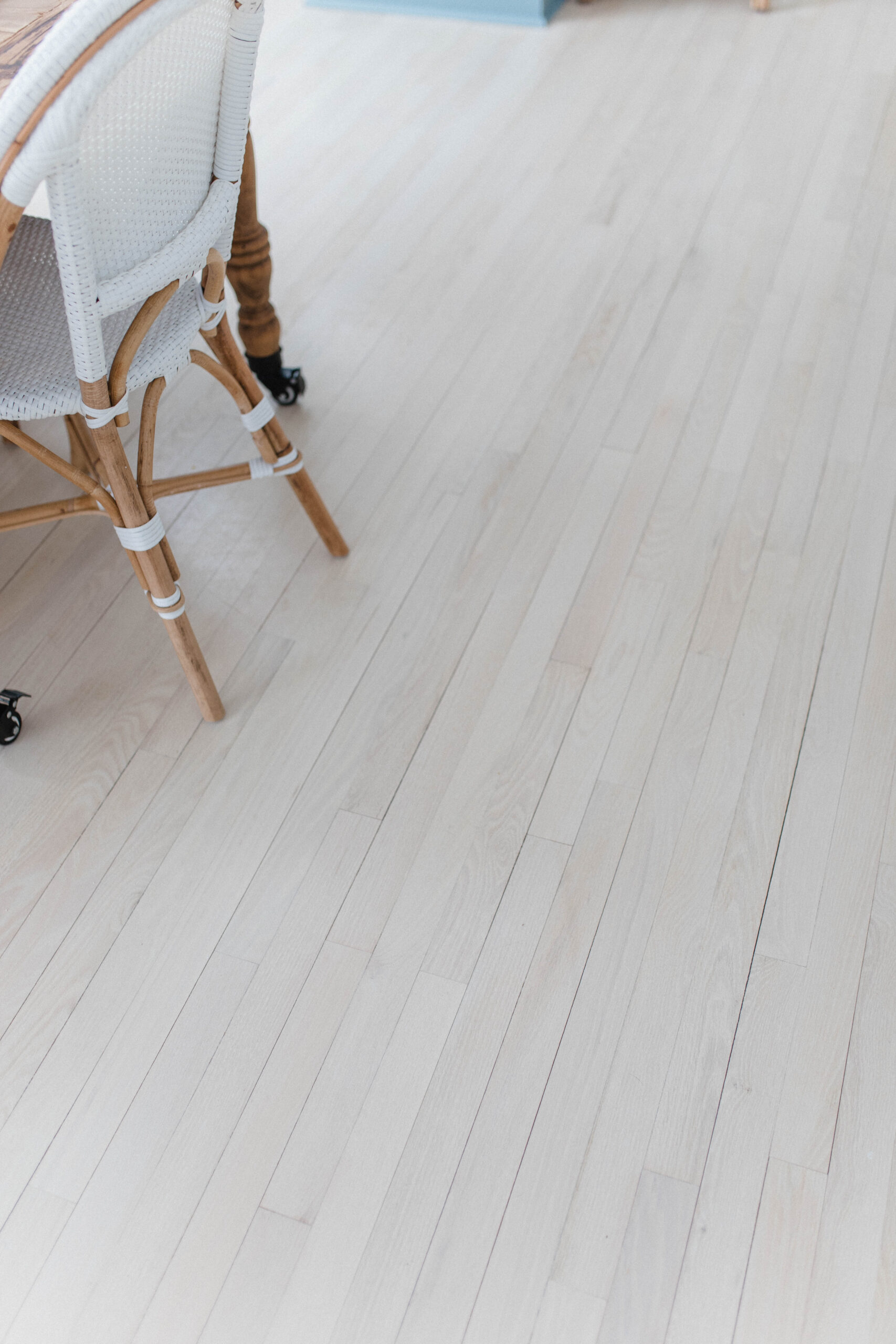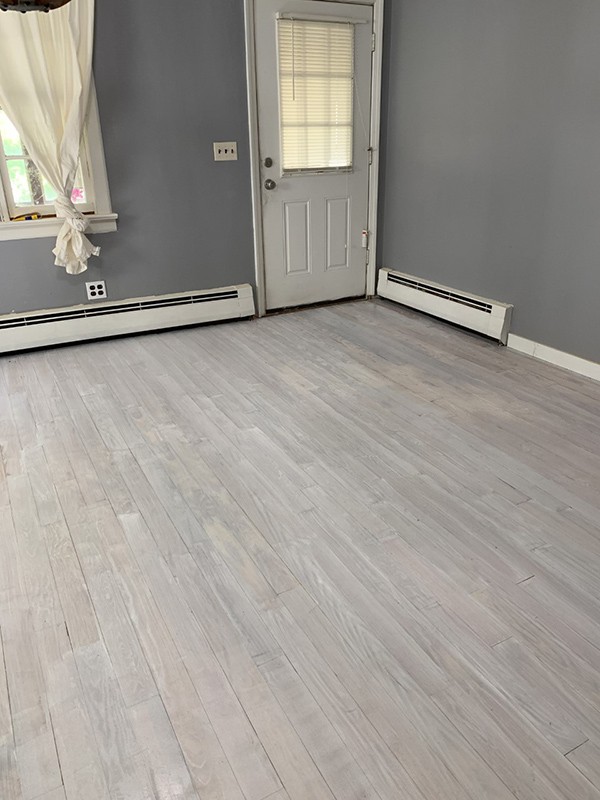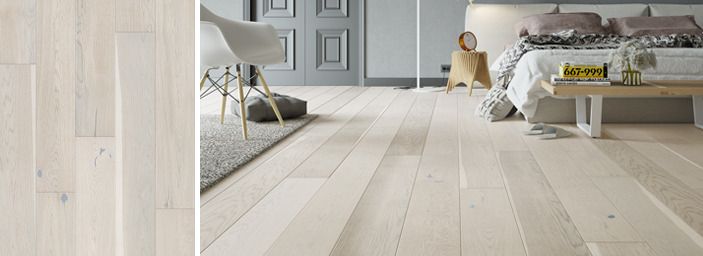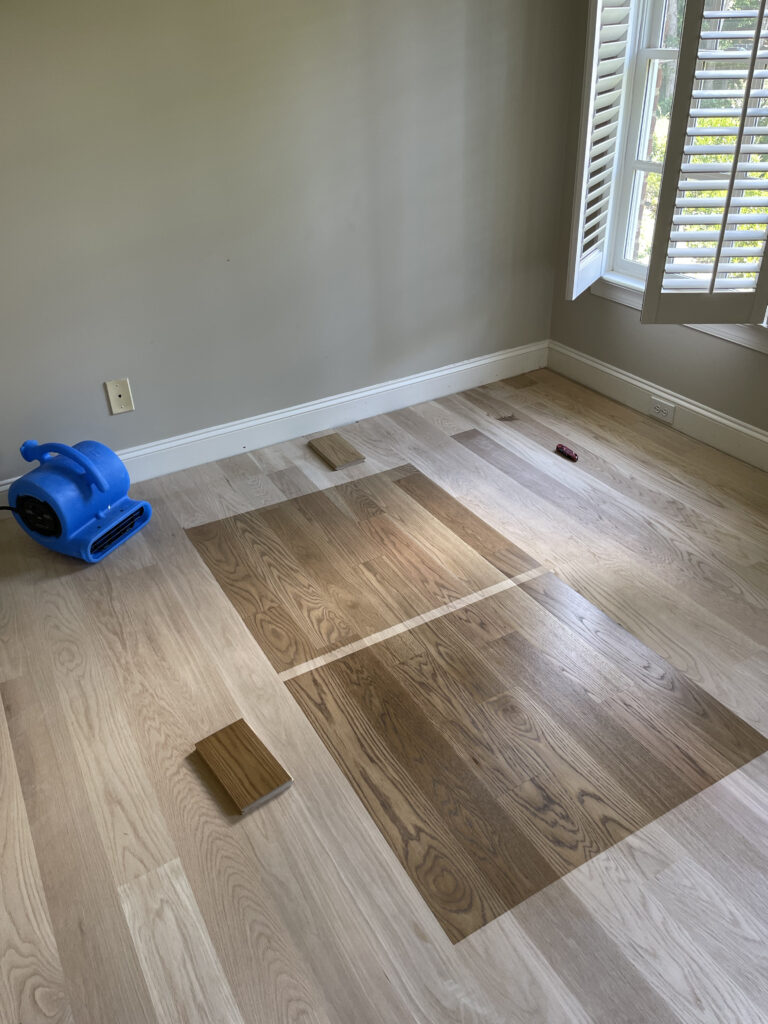How to Achieve Stunning White-Stained Wood Floors
White-stained wood floors have the power to transform any space, creating a modern and chic ambiance. In this blog post, we will explore the world of wood floor white stain, uncovering the advantages of this trend and guiding you through the process of applying white stain to your wood floors. Get ready to embrace a contemporary style that breathes new life into your home.
Benefits of White Stain for Wood Floors
- Elegant Aesthetics: White-stained wood floors offer a timeless and sophisticated look that complements various interior styles, from Scandinavian to coastal themes.
- Lightens Dark Spaces: White stain can brighten up rooms with limited natural light, making them appear more spacious and inviting.
- Showcases Wood Grain: Unlike traditional paint, white stain allows the natural beauty and texture of the wood grain to shine through, adding depth and character to the floor.
How to Prepare the Wood Floor for White Staining
- Sanding the Wood Floor: Start by sanding the wood floor to create a smooth and even surface for the stain to adhere to. Use a floor sander and progressively finer sandpaper grits to achieve the desired finish.
- Cleaning the Wood Floor: After sanding, thoroughly clean the wood floor to remove any dust, debris, or residues. A clean surface will ensure optimal stain absorption and a flawless finish.
Applying White Stain to the Wood Floor
Choosing the Right White Stain: There are various shades of white stain available, from bright whites to softer hues. Test different samples on a spare piece of wood to find the perfect match for your desired look.
Testing the Stain on a Small Area: Before applying the white stain to the entire floor, perform a test on a small, inconspicuous area to ensure you achieve the desired color and look.
Applying the White Stain: Using a paintbrush or sponge applicator, apply the white stain evenly and in the direction of the wood grain. Allow the stain to penetrate the wood for the recommended time, then wipe off any excess.
Finishing the White Stained Wood Floor
- Adding a Clear Finish: To protect and seal the white-stained wood floor, apply clear polyurethane or varnish. This topcoat will enhance durability and preserve the white stain’s beauty for years to come.
- Regular Maintenance and Care: Maintain the allure of your white-stained wood floor by regularly cleaning it with a mild cleaner and avoiding harsh chemicals or abrasive materials.
With the right technique and a touch of creativity, you can achieve stunning white-stained wood floors that elevate the aesthetics of your home. Embrace the beauty of modern interior design by following the steps outlined in this guide and watch your space transform into a stylish haven with white-stained wood floors as the centerpiece.

Wood Floor Refinishing and Whitewashing – The Honeycomb Home
Interior Wood Stain Colors – White – Wood Stain Colors From
How to Whitewash Hardwood Floorsthe RIGHT Way – The Flooring Girl
We Stained Our Floors!! – Liz Marie Blog
White Oak Wood Floor With Country White Stain – Midwest Hardwood
Best Finish for the Most Natural-Looking White Oak Floors Mommy
Our New Hardwood Floors – Lauren McBride
Wood Floor Refinishing and Whitewashing – The Honeycomb Home
We offer unlimited stain colors for your floors Tom u0026 Peter Flooring
Pin on Flooring
The Stain we Decided on for Our White Oak Floors – Chris Loves Julia
Related Posts:
- Real Wood Flooring In Kitchen
- Wood Floor Kitchen Cabinet Combination Designs
- Solid Wood Floor Repair Kit
- Dark Wood Floor Finishes
- Light Oak Solid Wood Flooring
- Grey Wood Floor In Bathroom
- Pledge Wood Floor Cleaner Spray
- Wide Plank Wood Flooring Cost
- Light Wood Flooring Ideas
- Click Lock Wood Flooring Pros And Cons
Introduction to Wood Floor White Stain
White stain on wood floors can be an attractive addition to a room, adding a touch of elegance and style. It can also provide a unique look to a floor that has been stained with a more traditional color. There are many reasons why people choose to stain their wood floors with white stain, ranging from aesthetic and decorative preferences to practical considerations. In this article, we’ll take a closer look at the different types of white stains available for wood floors, how they can be applied, and the advantages of using white stain on your floors.
Types of White Stain for Wood Floors
When it comes to staining wood floors with white stain, there are several options available. These include water-based white stains, oil-based white stains, and wax-based white stains. All three types of stain will provide the desired effect of a lightened shade of wood, but each has its own set of pros and cons that should be considered when making a decision.
Water-Based White Stains
Water-based white stains are often the preferred choice for staining wood floors because they provide a uniform finish and are easy to apply. This type of stain is typically made from latex or acrylic paint, which is mixed with a small amount of water. The result is a thin layer of paint that is easy to apply evenly over the entire surface of the wood floor. Water-based white stains are also fairly durable and are resistant to fading over time.
Oil-Based White Stains
Oil-based white stains are more difficult to apply than water-based stains, but they provide a richer finish that is more resistant to fading and wear over time. This type of stain is typically made from either linseed oil or tung oil, which are then mixed with either mineral spirits or turpentine for application. Oil-based white stains also tend to dry more quickly than water-based stains, so they are often used when a faster drying time is desired.
Wax-Based White Stains
Wax-based white stains are the most difficult type of stain to apply correctly, but they provide a luxurious finish that is both durable and beautiful. This type of stain is typically made from beeswax or carnauba wax, which is then combined with either mineral spirits or turpentine for application. Wax-based white stains provide an incredibly deep finish that is resistant to wear and fading over time, making them an excellent choice for high-traffic areas or rooms that tend to get lots of sunlight.
Application of White Stain on Wood Floors
Regardless of which type of white stain you choose to use on your wood floors, the application process is essentially the same. First, you’ll need to prepare the floor by sanding away any existing finishes or coatings that may be present. Then you can apply your chosen white stain using either a brush or roller in smooth strokes. Allow the first coat to dry completely before applying additional coats as needed until the desired level of coverage is achieved. Once the final coat has been applied, allow it to dry completely before applying any sealant or topical finish.
Advantages of Using White Stain on Wood Floors
Using white stain on wood floors offers several advantages over other types of finishes or coatings. One advantage is that it helps to brighten up a room, making it appear larger and more inviting. It also provides an elegant look that pairs well with most styles of furniture and décor. Using white stain also allows you to achieve a variety of different shades and tones depending on how many coats you apply and what type of finish you use afterward. Finally, it is relatively inexpensive compared to other types of floor finishes or coatings and can be applied easily without needing specialized tools or equipment.
FAQs about White Stain on Wood Floors
Q1: What type of white stain should I use on my wood floors?
A1: The type of white stain you choose will depend on factors such as your budget, desired level of durability, and desired level of coverage. Water-based white stains provide a uniform finish that is easy to apply; oil-based white stains provide a richer finish that is more resistant to fading; and wax-based white
